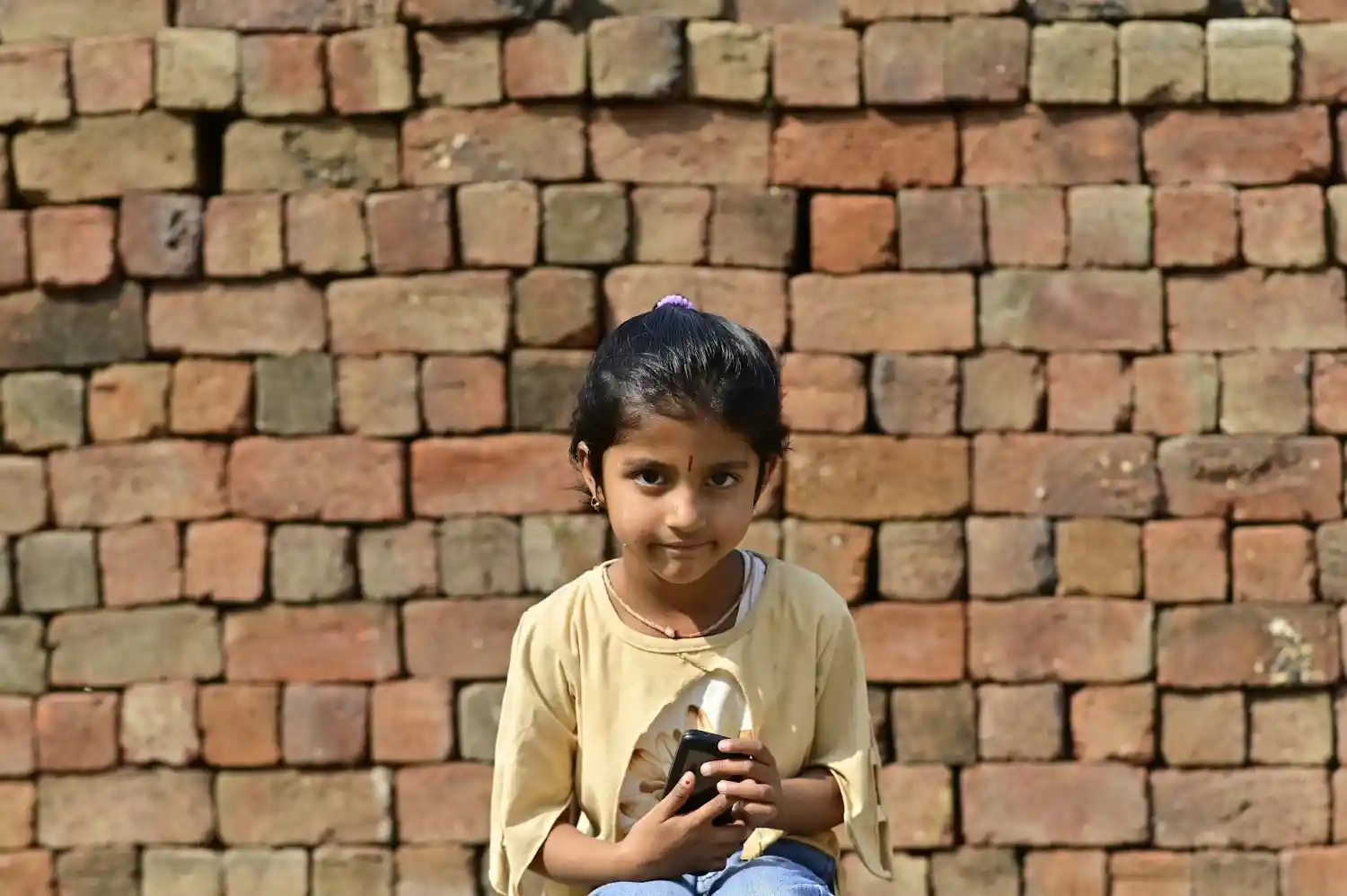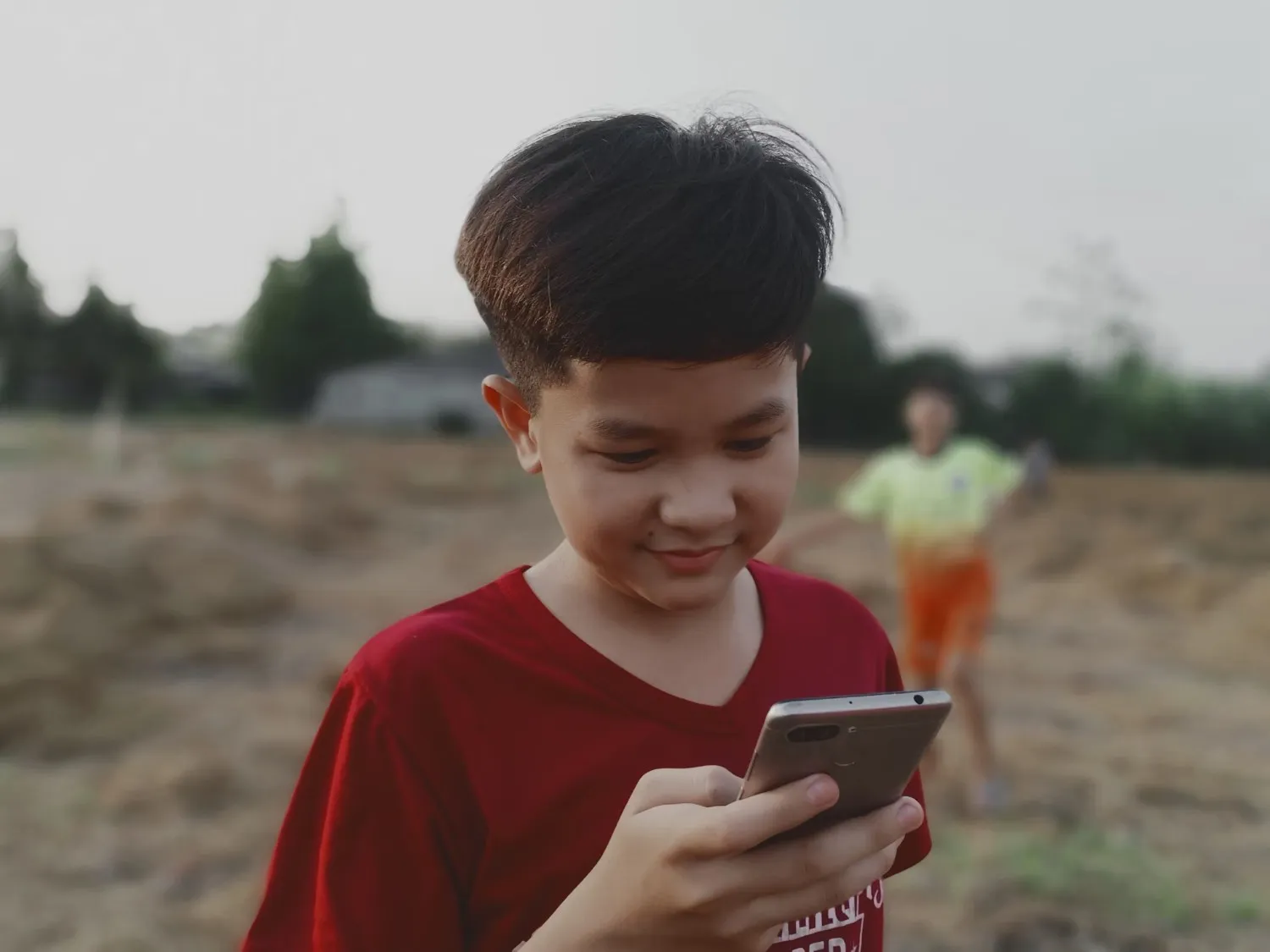Introduction
Place yourself in a classroom where children are energetic, kids are actively doing their lessons. Some are using speech -to-text apps while others are experiencing the virtual world through their headset. All this is the Role of Technology in Special Education. And it is all about opening the doors for the students with disabilities. You’ll surely be a parent, a teacher or a curious person if you are on this blog, and if it is so, let’s take a ride through how assistive technology in education and tech for special needs education are helping kids empower and educate in ways you might have not even imagined.
The Unessa Foundation, featured among the Top 10 Education NGOs in India, works tirelessly to provide such tools to children
Going back in time: How far Special Education technology has evolved
Imagine you are looking at your photo albums from the 80s or 90s. And back then if you were a disabled student, you might see a bulky hearing aid or a textbook with giant images. Now fast forward to today, you are surrounded by a world of educational technology for disabilities. There are speech-to-text apps, softwares to learn at your pace and even virtual reality(VR) helps in experiencing all real life things in a safe space. These digital tools for special education are helping you or the students you care about. It’s life-changing for them.
The Unessa Foundation, for example, works tirelessly to provide such tools to children, ensuring access to transformative tech.
You’ll Love What Assistive Technology Can Do

Ever wonder how assistive technology in education makes a difference? If you’re a student who faces difficulties reading or writing, with the use of the right tools, learning will feel less like an issue and more like an adventure. Here’s what you’d experience:
- Access for Everyone:If one can’t see well or hear clearly then with the use of tools like screen readers or braille displays one can get lessons to life, It helps children with disabilities to dive into books and websites just like any other child without disability.
- Learning That Fits You:Adaptive learning tools modify lessons to match your speed, so if you’re dealing with dyslexia or ADHD, you’re not left behind.
- Fun That Fuels Learning:Education apps for special needs turn lessons into games, making you excited to learn instead of stressed.
- Your Voice will be heard:If you find speaking tough, an augmentative and alternative communication (AAC) devices let you share your thoughts loud and clear.
These special needs education tools helps one feel included, capable, and ready to take on the world with a shine.
By supporting organizations like the Unessa Foundation, you can help ensure more children access these game-changing resources. Even a small donation to Unessa Foundation can make a big difference in a child’s education.
Tools you’ll should know about
The more you explore into the world of EdTech for special education, you’ll find a collection or store of valuable or delightful tools designed to make learning easier and more exciting for the childrens and all. Here’s a peek at what’s out there in special education:
1. Assistive Learning Devices
Think of these as your personal learning sidekicks. Assistive learning devices include:
- Text-to-Speech tools:If one finds reading tough, apps like Kurzweil 3000 or NaturalReader helps in reading books or websites aloud, so one can focus on the ideas.
- Speech-to-Text Tools:If you are struggling to type, Tools like Dragon Naturally Speaking lets you speak your essays,blog and everything, turning your words into text in real time.
- Adaptive Keyboards:If you can’t move your hands the way you always want, these keyboards with big keys or eye-tracking tech make computers a breeze to use and helps childrens to type.
2. Inclusive Education Technology
Ever been in a classroom where everyone’s learning together, no matter their needs? That’s what inclusive education technology does. Interactive whiteboards light up lessons with pictures, sounds, and touch, while platforms like Google Classroom or Microsoft Teams offer features like closed captions or zoom to make sure you’re never left out.
3. Adaptive Learning Tools
Think of a lesson that adjusts just for you. That’s the magic of adaptive learning tools. Platforms like DreamBox or Smart Sparrow modify questions based on how you’re doing, so you’re always challenged—perfect for tackling learning disabilities.
4. Education Apps for Special Needs
Education apps for special needs always have your back, whether you’re working on something or understanding big ideas. Apps like Proloquo2Go help you talk if words don’t come easily, while BrainPOP makes tricky topics fun and easy to adapt.
What It’s Like in the Classroom
Step into a classroom using technology that supports inclusive learning for disabled children, and you’ll see kids eager to learn in ways that please your heart. If you are a student with autism, a visual timer will help you move nicely from a math problem to reading without stress. If you’re dyslexic, speech-to-text tools can help you turn your ideas into writing without the stress of spelling. These accessibility-enhancing tech tools make it easier to express yourself and build confidence to try new things.
If you’re a teacher, Apps like texthelp predict words for kids who struggle with writing, while tools like Choiceworks help students with autism stick to routines, making your job easier. If you use ways teachers use technology for students with learning disabilities.
Visual timers and speech-to-text tools help reduce learning anxiety. You can also explore stress management techniques to further support students emotionally
Peek Into the Future: AI and VR
Let’s again fast forward to the future. The part and the role of Artificial Intelligence(AI) and Virtual Reality(VR) in special education environments is game changer and a mind-blowing tech. If you are using an AI-powered app it feels like having a tutor who knows exactly what you need and when you need, it changes the lessons and gives extra practice based on how you are performing. If you are practicing any social skills or dealing with anxiety, Virtual Reality(VR) lets you step into a virtual world where you can practice without any pressure or danger in a safe place. Technology to support learning disabilities make learning feel safe and exciting for children with disabilities.
Practicing social skills in VR not only boosts learning but also supports mental wellness—read more about the need for mental health support in education.
The Unessa Foundation is helping bring these innovations to more children, and your support to Unessa Foundation can amplify their impact.
Does It Really Work? You Bet!
You might be wondering, “Does all this tech actually make a difference?” The answer is a big yes. The impact of tech tools on special education outcomes is incredible. If you’re using assistive tech, you’ll be more engaged, confident, and independent. For example, benefits of assistive tech for students with autism or ADHD include less stress and better focus.
Plus, using apps and software for special education support connects you to your teachers and family. Apps like Seesaw let your parents see your progress, so they can cheer you on at home.
Benefits of assistive tech for students with autism or ADHD include less stress and better focus—something that aligns with the importance of emotional well-being in underprivileged students.
The Best Tools You Should Check Out
Curious about the best assistive technology tools for students with disabilities? Here are some you’d love:
- Read&Write:This tool reads aloud the text and suggests words as you write, making reading and writing easy.
- Ghotit:If spelling’s a struggle, this app catches all the mistakes, perfect for dyslexic learners.
- Bookshare:A huge library of ebooks you can read in whatever format works for you.
- TouchChat:If talking is hard, this AAC app lets you communicate in your way.
What’s Getting in the Way?
While classroom technology for disabled students is incredible, challenges remain. Some schools lack funds for advanced tools, and teachers may need training to use them effectively. Data privacy with AI tools is also a concern. Supporting initiatives like the Unessa Foundation can help bridge these gaps, ensuring every child has access to life-changing tech. Consider Donating at Unessa Foundation to support their mission.
Even the best tech won’t help unless schools are trained to recognize student needs. Learn how to identify mental health issues in students.
Conclusion:
As you explore more about the technology in special education, you’ll find out that it’s more than just tools, it is all about giving you or the kids you care along with the kids with disabilities, basically everyone a chance to soar and get empower. In India, from assistive technology in education to AI and VR, all these innovations make learning accessible, engaging, Fun to do tasks and empowering them to shine in their life. Whether you’re a student, parent, teacher, or just a curious person, tech for special needs education is building a world where every person, every learner can shine and soar out loud.
💛 Donate to learning kits to children with disability and training programs 💛
Your donation helps us fund:
- Emotional health toolkits for classrooms
- Training sessions for teachers and caregivers
- Mental health workshops and counseling support
- Art and play therapy sessions for children in trauma
Even a small monthly contribution can fund mindfulness materials, journals, or wellness kits for multiple children.
Want to see how effective digital platforms can amplify NGO impact? Check out The Power of NGO Websites: Examples and Key Elements.















